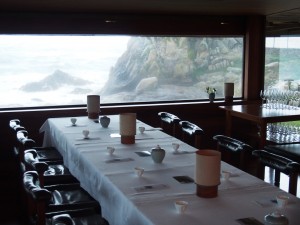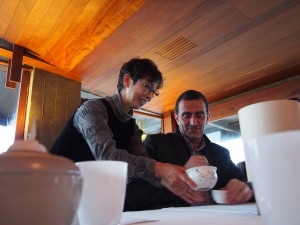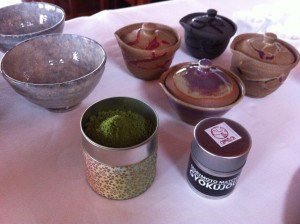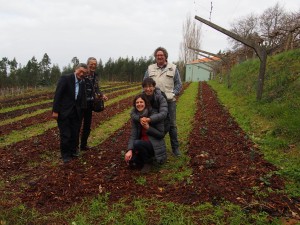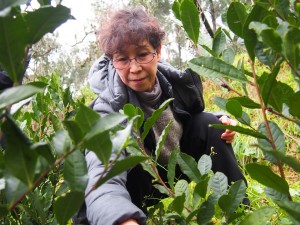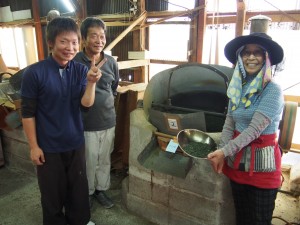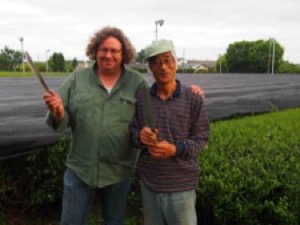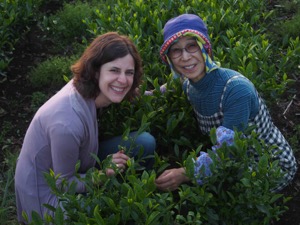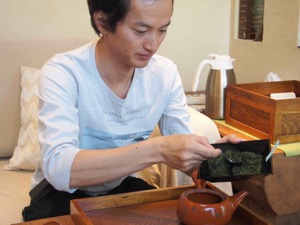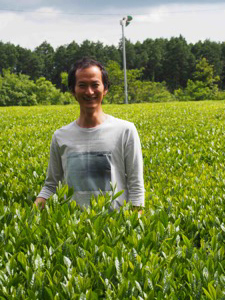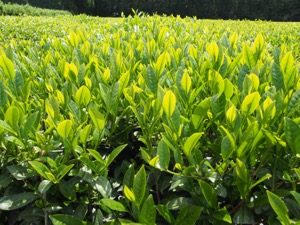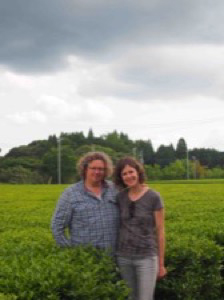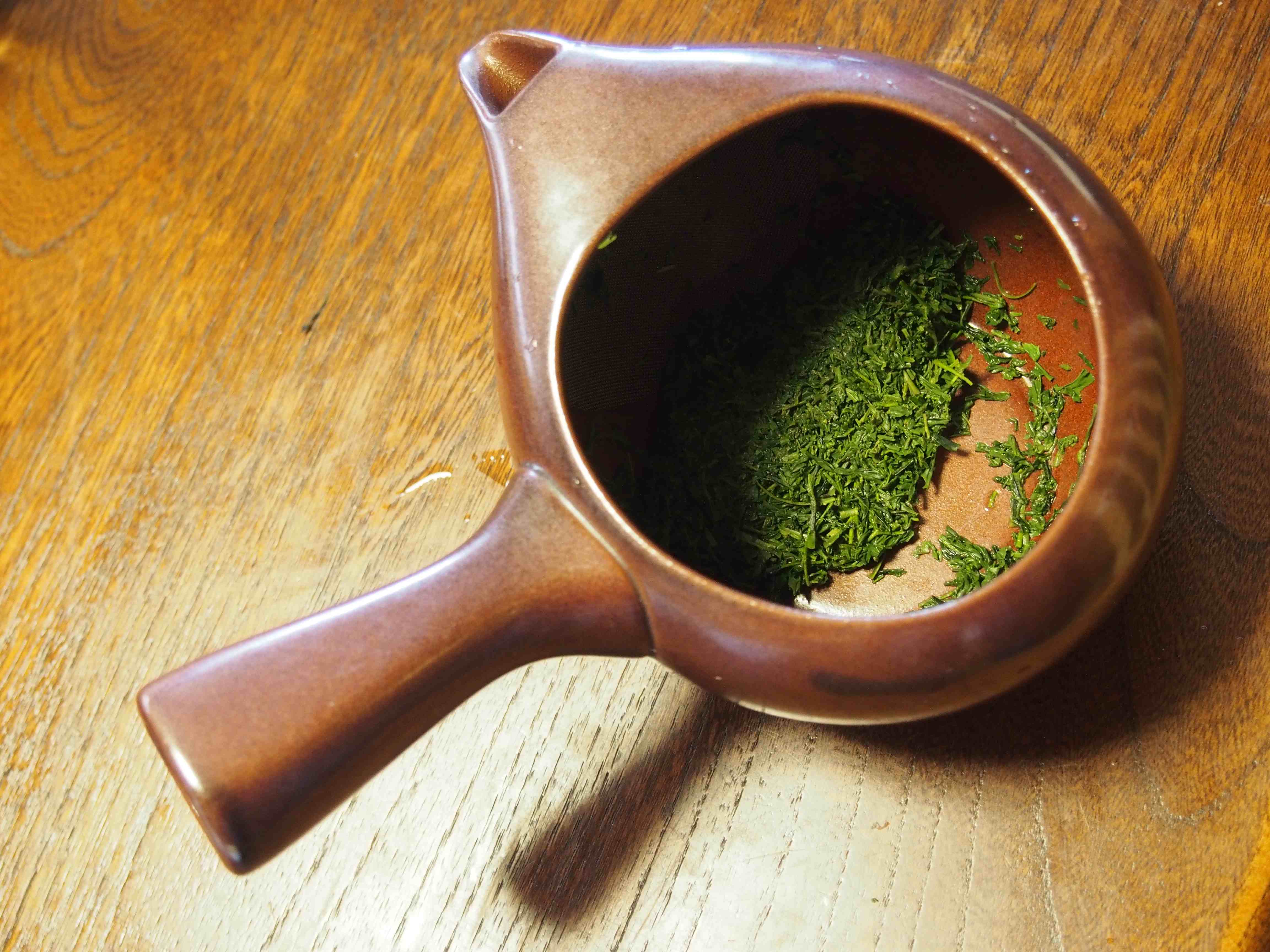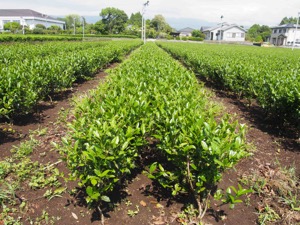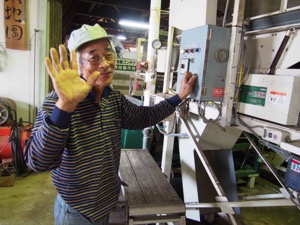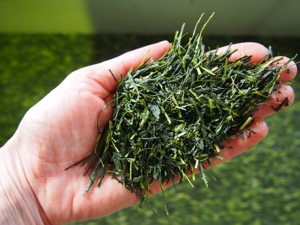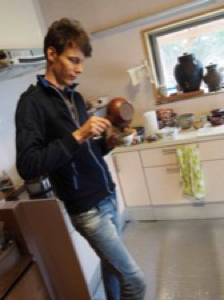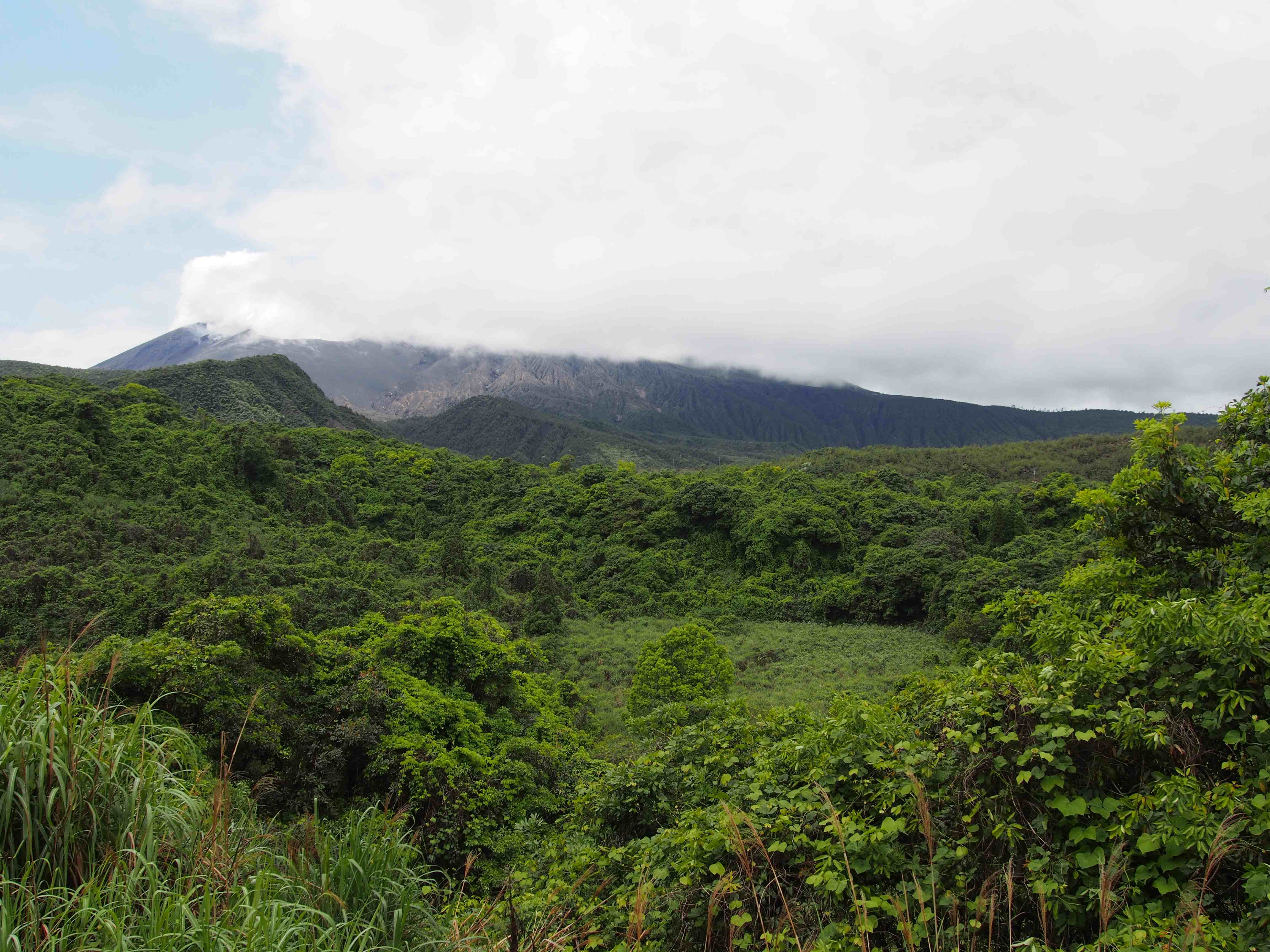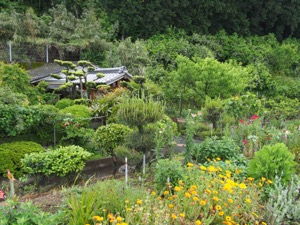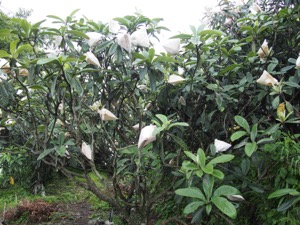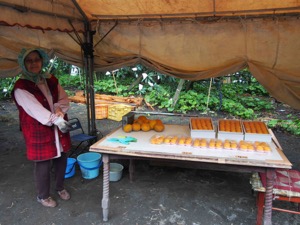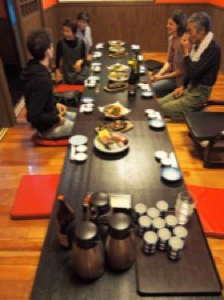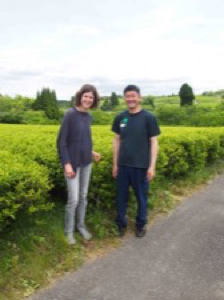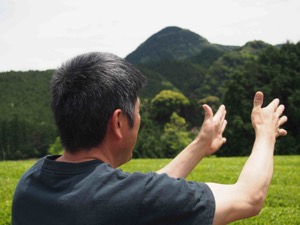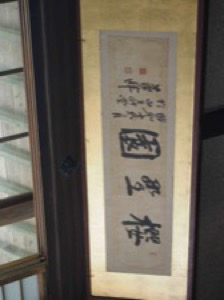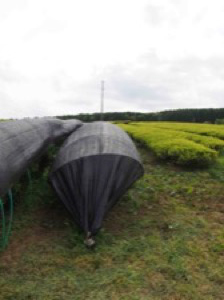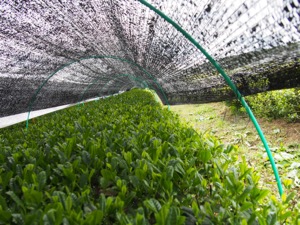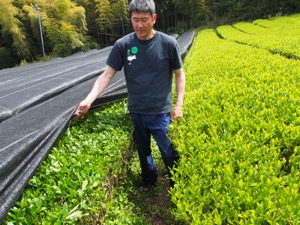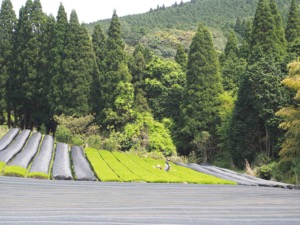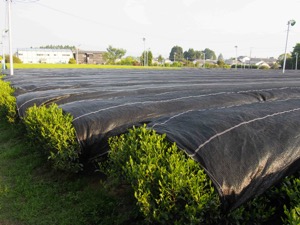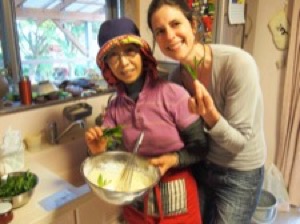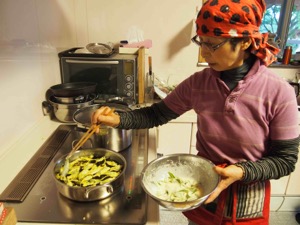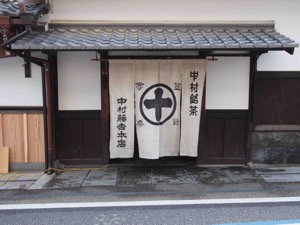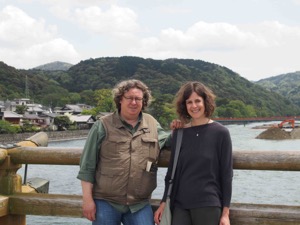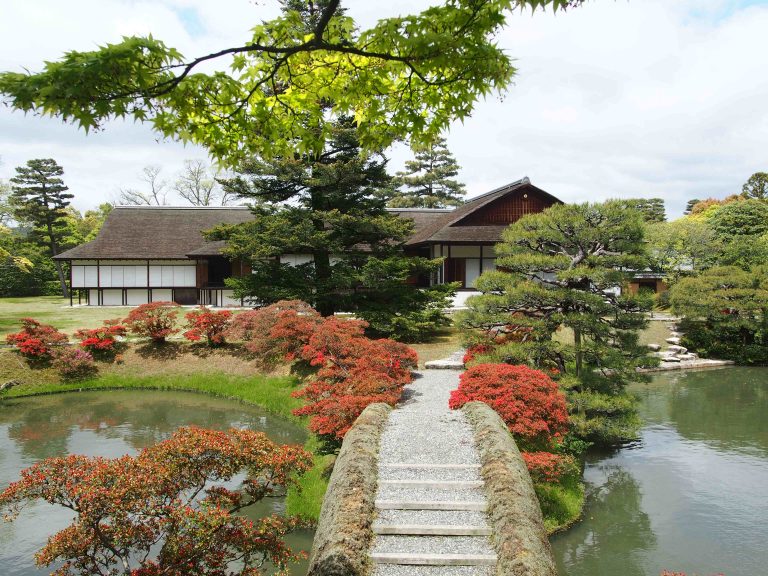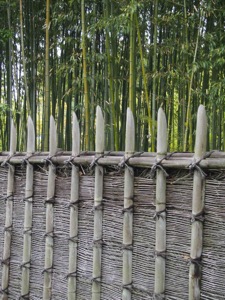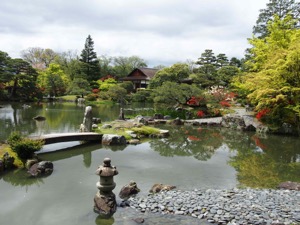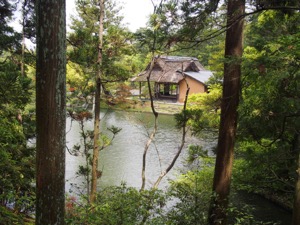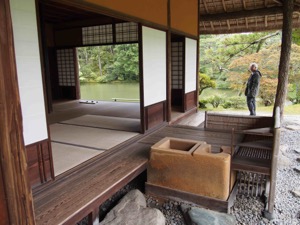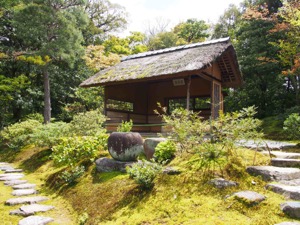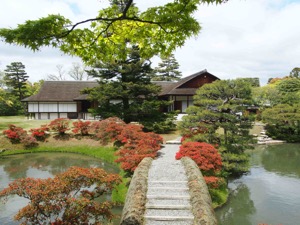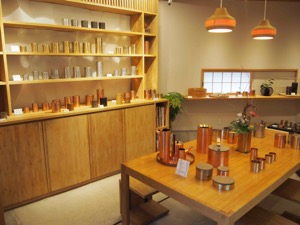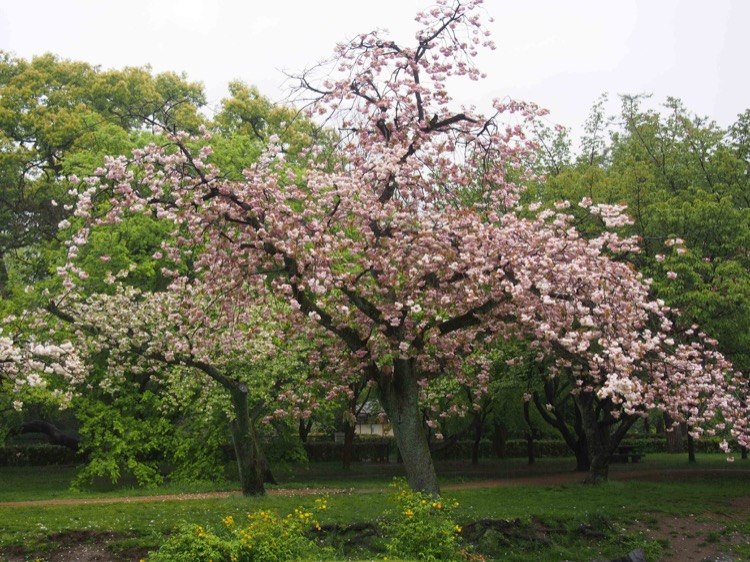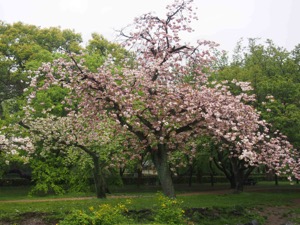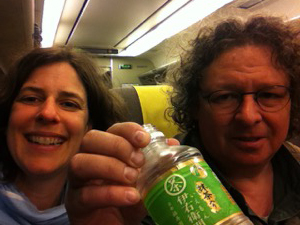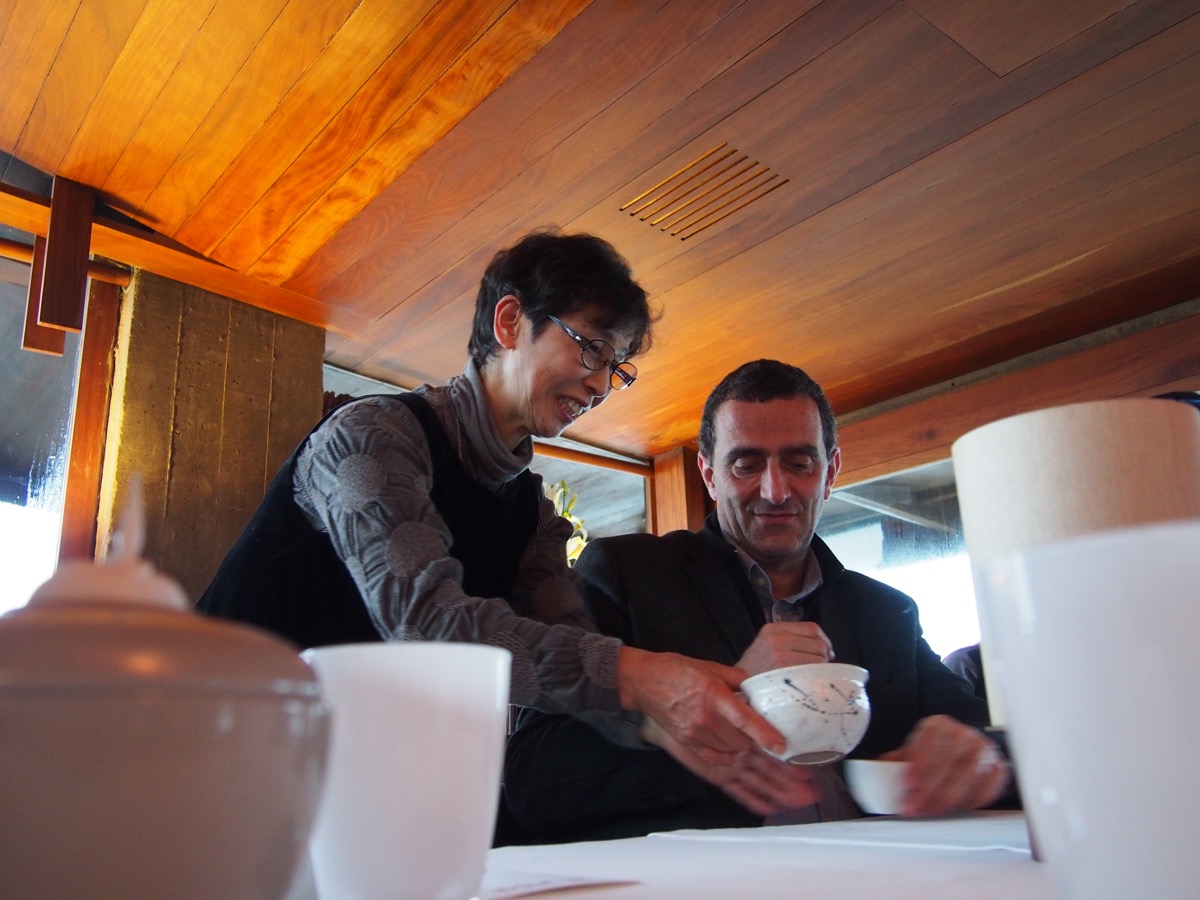
A dream became true: together with our main Japanese tea producer, Haruyo and Shigeru Morimoto, we conducted a tea tasting in the Casa de Chá (Teahouse) in Leça da Palmeira/Porto. This emblematic building of the Portuguese architect Álvaro Siza Vieira is build right on top of the rocky beach and makes you feel being part of the wild sea outside. As the architecture reminds very much of traditional Japanese tea houses, it is the perfect place to enjoy Japanese teas.
We served a nice selection of the organic teas from Morimotos, starting with the comforting Bancha Yangicha (a tea with a natural low caffeine content). The extremely green colour and fresh tast of the Sencha with Matcha was a surprise for most of the guests, which have never seen such a really green tea. Than we prepared a surprise tea from a neighbor of the Morimoto: Kamairicha Kadocha limited edition. When last year we visited the Morimotos we went together to the neighbor to learn how to produce not steamed teas (Kamairicha). Contrasting to this complex tea with a full body the next tea Shiraore represents the lightness of Japanese green teas. Shiraore is shaded tea (Kabuse) from the very first harvest. The very delicate and green little stems are selected together with the very fine leaves for this exceptional fresh tea.
The preparation of the GO EN in traditional ceramic teapots (Kyusu) was definitely on of the highlights of the tea tasting. These very simple, but at the same time very artistic, Kyusus do not to have stainless steel strainers and therefore do not alter the delicate flavours of the sensitive high quality teas like the GO EN. The GO EN is a type of Tamaryokucha (slightly curled tea produced the traditional, “old style” way), which was shaded for a long period and therefore has deep flavours with a lot of Umami. On top of such a high quality tea you can just serve a Matcha to complete a Japanese tea tasting. For the very first time we served the new Morimoto Matcha Gyokujou – a very fine Matcha quality with creamy texture. The base for this Matcha are the shaded leaves form the Okumidori tea plants, which give this Matcha a nice sweetness.
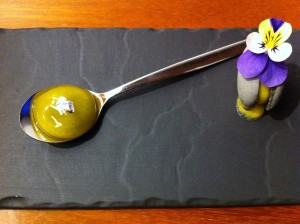 Morimoto Matcha was also used by the team of the restaurante Boa Nova of Chef Rui Paula, which after the tea tasting treated us with beautiful and tasty delicacies. Of course at this time we had to include some wines to accompany the dishes, but in the end we went back to have a refreshing Mizudashi (cold green tea).
Morimoto Matcha was also used by the team of the restaurante Boa Nova of Chef Rui Paula, which after the tea tasting treated us with beautiful and tasty delicacies. Of course at this time we had to include some wines to accompany the dishes, but in the end we went back to have a refreshing Mizudashi (cold green tea).
A great honor for all of us was the participation of the Japanese Ambassador in Portugal, Hiroshi Azuma, and his secretary, Manabu Kanaya. It seems that both enjoyed the teas of the Morimotos, which made us all very happy.
The next morning we visited our little tea plantation together. We were lucky as the rain stopped right when we arrived at the farm. We had a good walk around and Haruyo and Shigeru Morimoto had a closer look at the older plants, which they had already seen one and a half years ago. Both had a good impression on the development and gave us some advices also for the plants we have just planted recently.
With us all stays the dream of one day making good tea together here in Portugal… still we need some patience as the plants have to grow…. good things take their time
 Português
Português English
English Español
Español